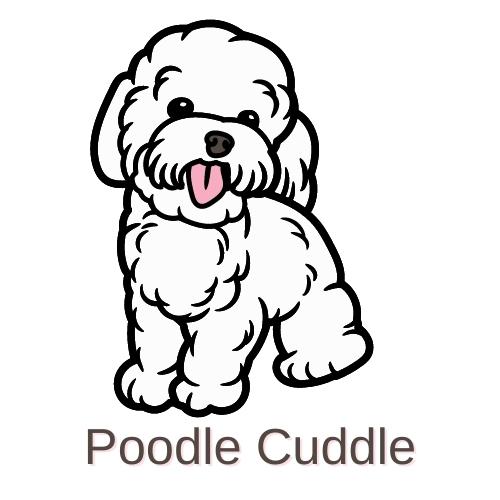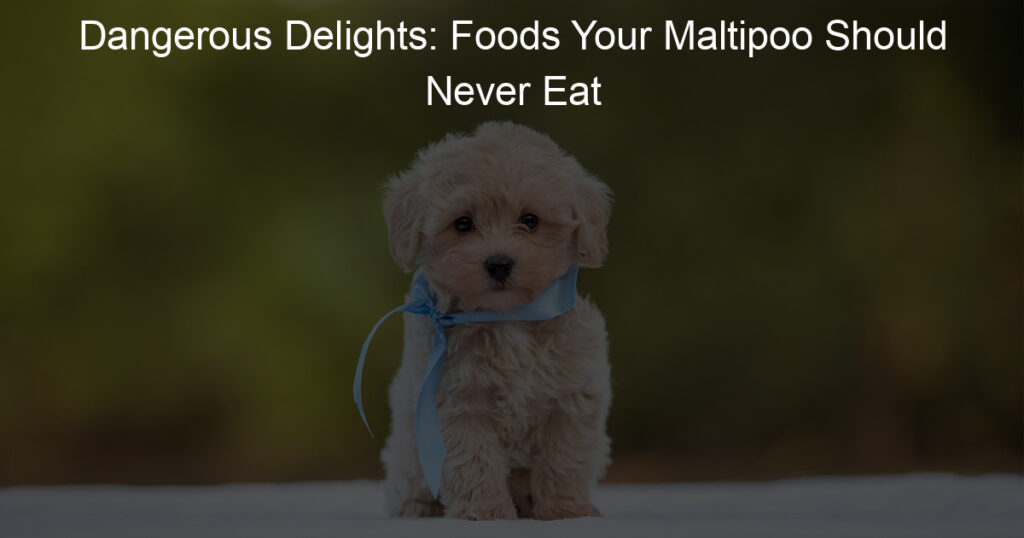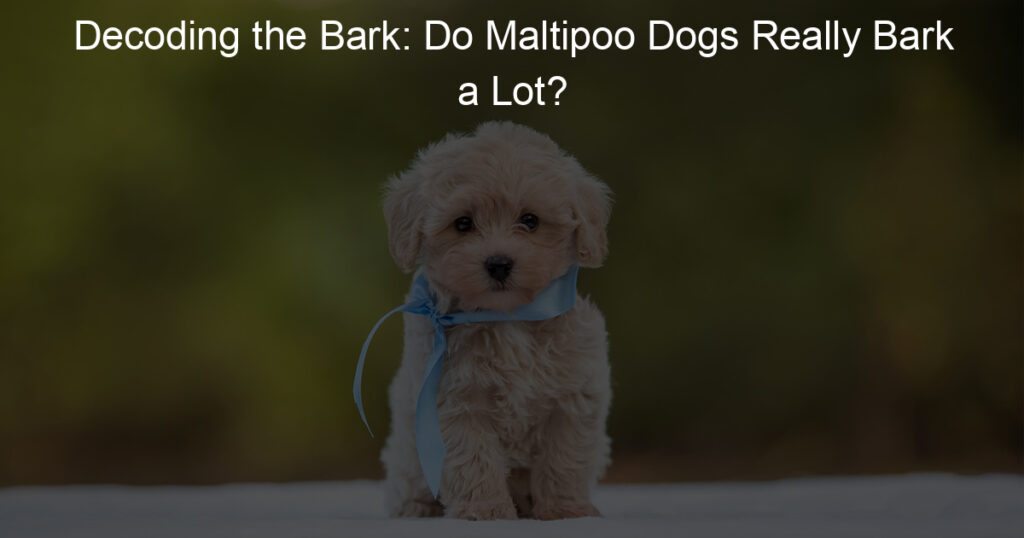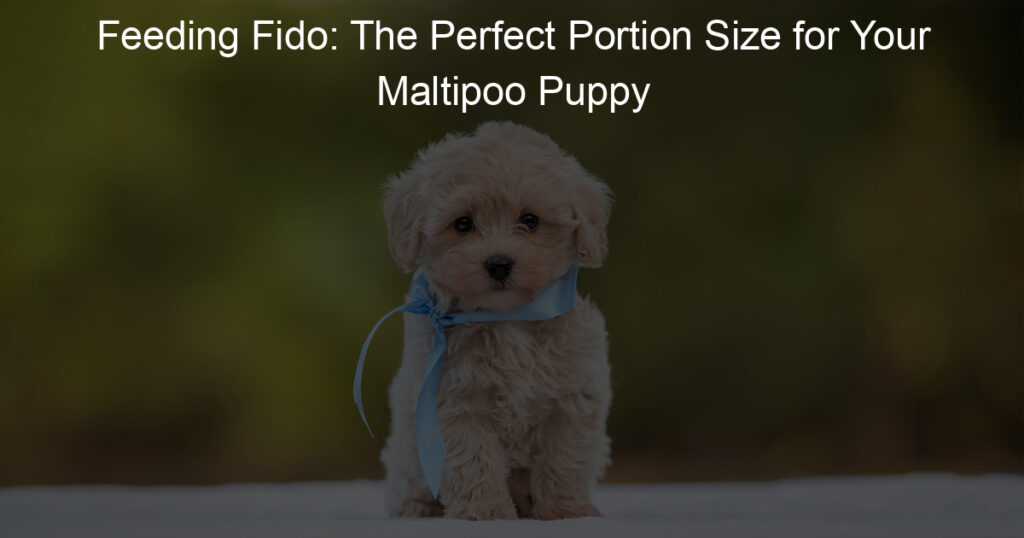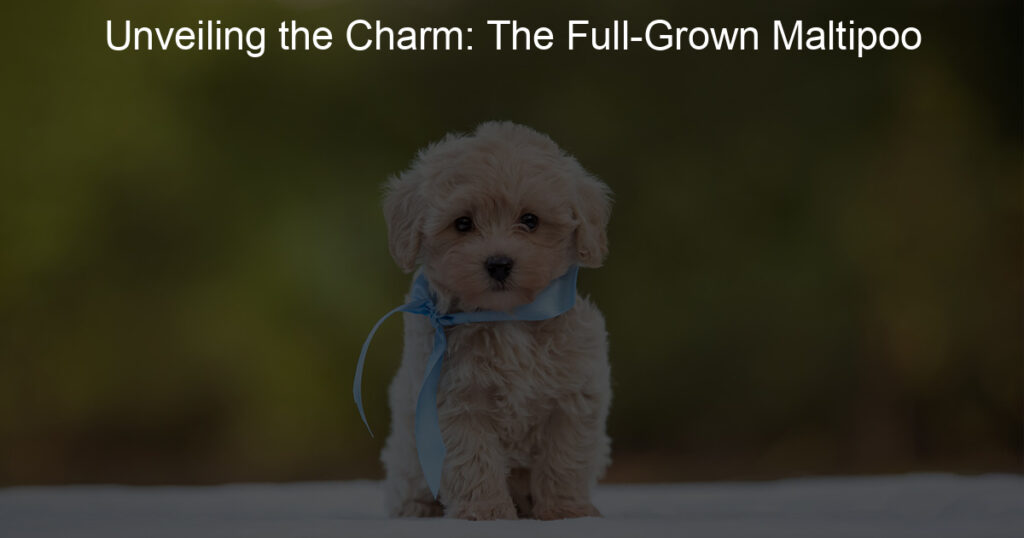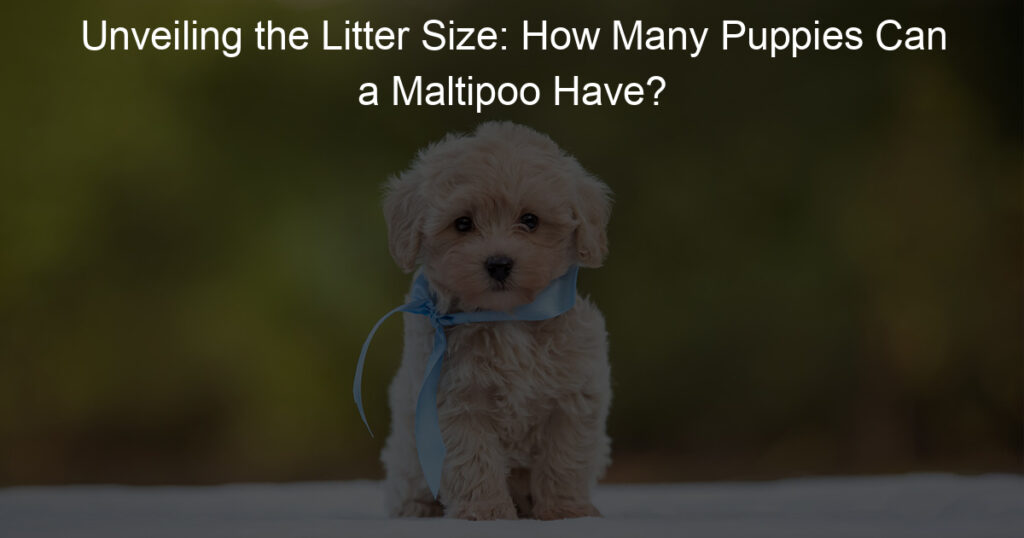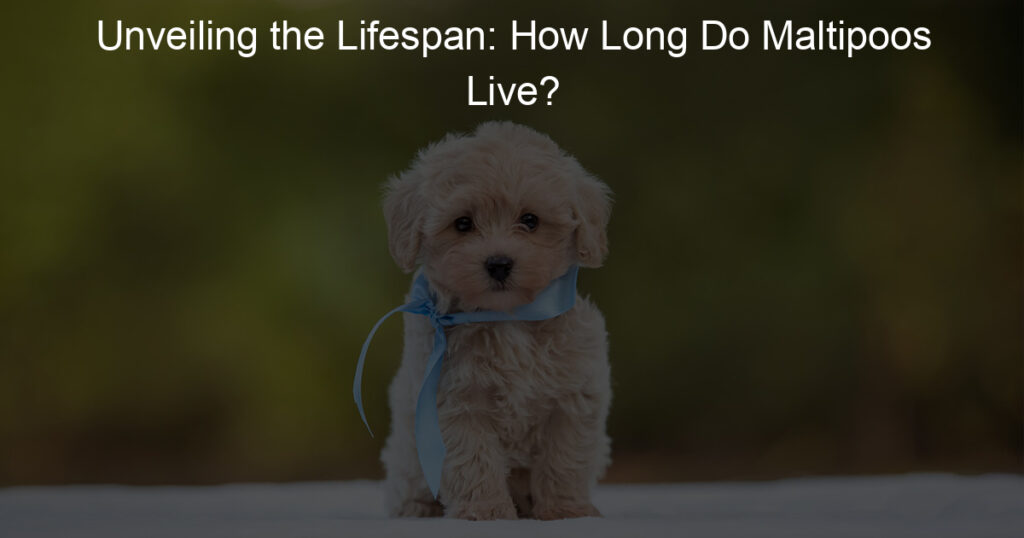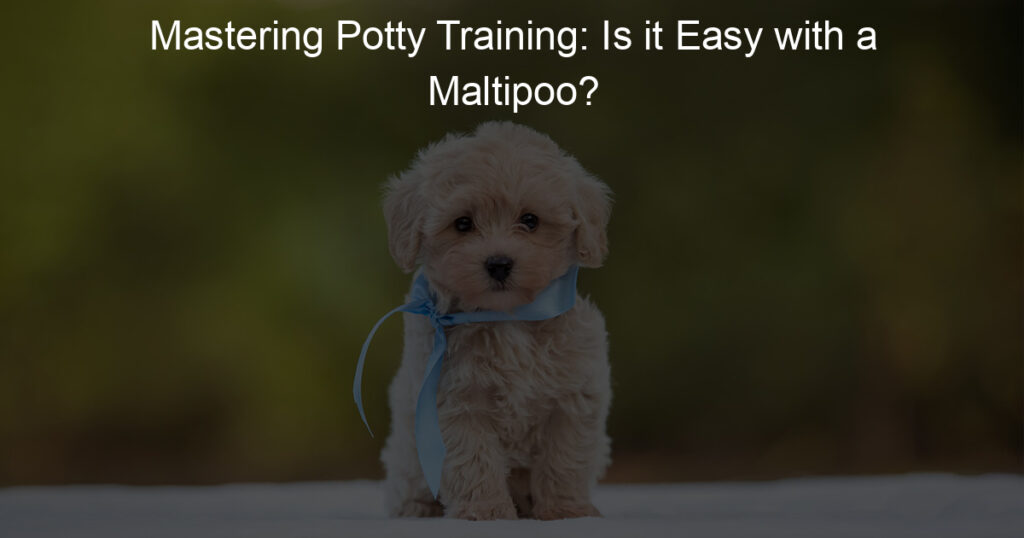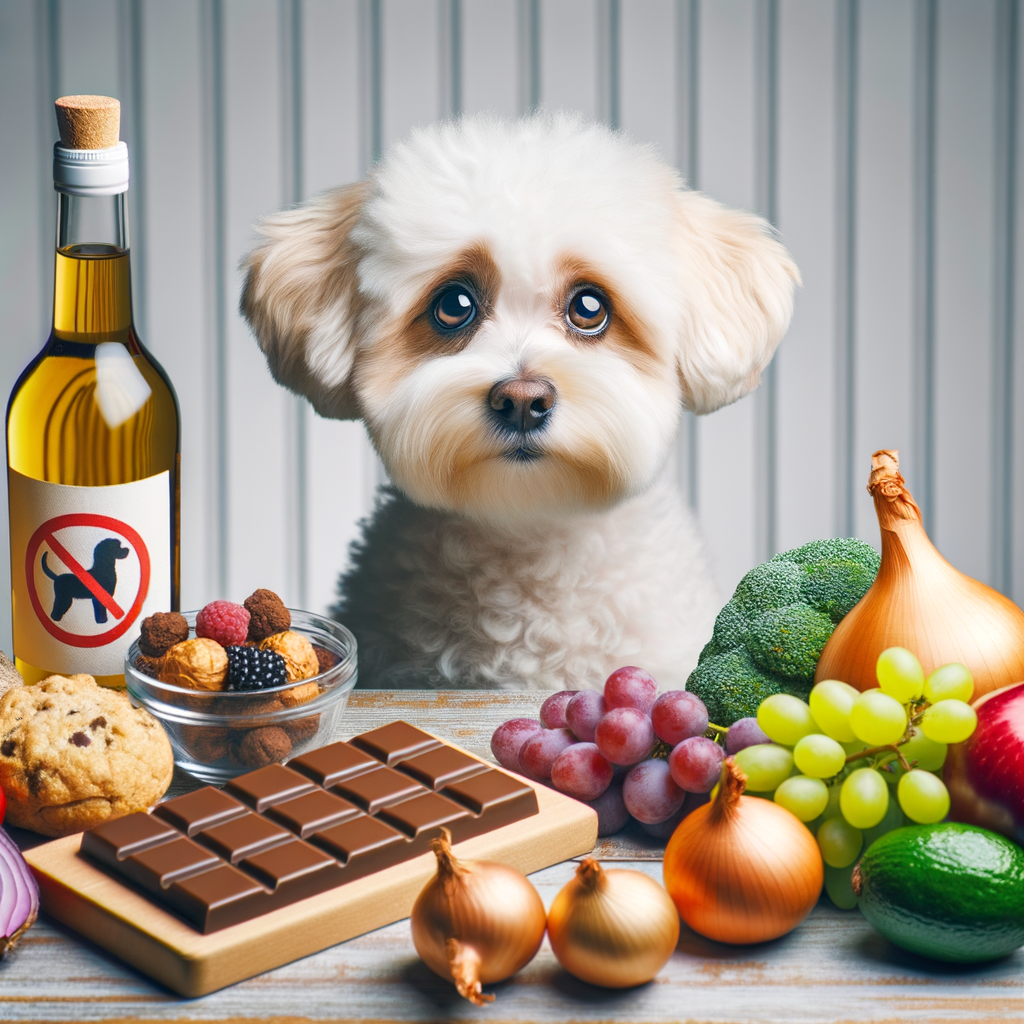
Introduction to Maltipoo Diet
Feeding your Maltipoo properly is one of the most important aspects of ensuring their health and happiness. The diet of a Maltipoo should be carefully considered and balanced to meet their unique needs. In this section, we will explore the basic nutritional needs of a Maltipoo and the importance of a balanced diet for their health.
- Understanding the basic nutritional needs of a Maltipoo
- Importance of a balanced diet for a Maltipoo’s health
Maltipoos, like all dogs, require a diet that is rich in protein, carbohydrates, fats, vitamins, and minerals. Protein is essential for building strong muscles and promoting overall growth. Carbohydrates provide energy, while fats are necessary for skin and coat health. Vitamins and minerals are vital for various bodily functions and immune system support.
It’s important to note that Maltipoos are small dogs, so they don’t need as much food as larger breeds. However, they do have high energy levels and therefore require a diet that can sustain their activity. A diet that is too low in calories can lead to health issues such as lethargy and weight loss.
A balanced diet is crucial for a Maltipoo’s health. An unbalanced diet can lead to a variety of health problems, including obesity, dental issues, and even serious conditions like diabetes or heart disease. A balanced diet should include a variety of foods to ensure your Maltipoo gets a wide range of nutrients.
Feeding your Maltipoo a balanced diet also helps to maintain their weight. Obesity is a common problem in small dogs like Maltipoos, and it can lead to a host of health issues. By providing a balanced diet, you can help your Maltipoo maintain a healthy weight and avoid these problems.
In the following sections, we will delve deeper into the specific dietary needs of a Maltipoo, common health issues related to diet, toxic foods to avoid, and food safety tips. By understanding these aspects, you can ensure your Maltipoo enjoys a long, healthy, and happy life.
Common Maltipoo Health Issues Related to Diet
As a Maltipoo owner, it’s important to understand the common health issues that can arise from their diet. Two of the most common diet-related health issues in Maltipoos are obesity and food allergies. Let’s dive deeper into these issues.
- Obesity in Maltipoos
- Food Allergies in Maltipoos
Obesity is a common issue in Maltipoos, and it’s often related to their diet. Overfeeding, lack of exercise, and feeding them high-calorie foods can lead to obesity. This condition can lead to other serious health problems like diabetes, heart disease, and joint problems.
According to a study, about 40% of Maltipoos are overweight or obese. This shows how critical it is to monitor your pet’s diet and ensure they are getting the right amount of food and exercise.
Preventing obesity in Maltipoos involves feeding them a balanced diet, portion control, and regular exercise. It’s also important to avoid giving them too many treats, as these can add unnecessary calories to their diet.
Food allergies are another common health issue related to diet in Maltipoos. These allergies can cause a range of symptoms, including skin irritation, digestive problems, and behavioral changes.
Common food allergens for Maltipoos include dairy products, wheat, soy, and certain types of protein like beef and chicken. If your Maltipoo is showing signs of a food allergy, it’s important to consult with a vet. They can help identify the allergen and suggest a suitable diet plan.
Managing food allergies in Maltipoos involves identifying the allergen and eliminating it from their diet. This may involve switching to a hypoallergenic diet or a diet that uses novel proteins.
In conclusion, diet plays a crucial role in the health of your Maltipoo. By understanding the common diet-related health issues, you can take steps to prevent them and ensure your pet lives a healthy and happy life.
Understanding Toxic Foods for Maltipoos
As a Maltipoo owner, it’s crucial to know what foods can harm your furry friend. Some foods that we humans enjoy can be toxic to Maltipoos. Let’s explore some of these foods.
Common Human Foods Harmful to Maltipoos
Here are some common human foods that are harmful to Maltipoos:
- Chocolate and caffeine: Chocolate and caffeine contain substances called methylxanthines, which can cause vomiting, diarrhea, panting, excessive thirst and urination, hyperactivity, abnormal heart rhythm, tremors, seizures, and even death in dogs. Dark chocolate, coffee, and caffeine are the most dangerous forms.
- Onions and garlic: Onions and garlic can cause gastrointestinal irritation and could lead to red blood cell damage in dogs. Although cats are more susceptible, dogs are also at risk if a large enough amount is consumed.
- Grapes and raisins: Grapes and raisins can cause kidney failure in dogs. Even a small amount can make a dog sick; repeated vomiting is an early sign.
- Alcohol: Alcohol has the same effect on a dog’s liver and brain that it has on humans. But it takes a lot less to hurt your dog. Just a little beer, liquor, wine, or food with alcohol can be bad. It can cause vomiting, diarrhea, coordination problems, breathing problems, coma, even death.
Remember, these are just a few examples of toxic foods for Maltipoos. Always consult with your vet before introducing new foods into your pet’s diet.
Other Dangerous Foods for Dogs
While we’ve already discussed some common human foods that are harmful to Maltipoos, it’s important to note that there are other foods that can pose a risk to dogs in general. These include:
- Avocado
- Macadamia nuts
- Xylitol (found in sugar-free foods)
Avocados contain a substance called persin, which can cause vomiting and diarrhea in dogs. While the fruit’s flesh contains less persin than other parts of the avocado, it’s still best to avoid feeding avocados to your Maltipoo.
Macadamia nuts are another food to avoid. They can cause weakness, depression, vomiting, tremors, and hyperthermia in dogs. Symptoms usually appear within 12 hours of ingestion and can last approximately 12 to 48 hours.
Xylitol is a sugar substitute often found in sugar-free foods like candy, gum, and some baked goods. It can cause insulin release, which can lead to liver failure. The increase in insulin leads to hypoglycemia (lowered sugar levels). Initial symptoms include vomiting, lethargy, and loss of coordination. These symptoms can progress to seizures. Elevated liver enzymes and liver failure can be seen within a few days.
As a responsible Maltipoo owner, it’s crucial to be aware of these dangerous foods and to keep them out of your pet’s reach. Remember, what’s good for us might not be good for them. Always consult with your vet if you’re unsure about feeding certain foods to your Maltipoo.
What Not to Feed Maltipoos
While Maltipoos are known for their friendly and playful nature, they also have specific dietary needs. It’s important to know what foods are safe for them and what foods can be harmful. Here are some foods that you should avoid feeding your Maltipoo:
- Raw Meat and Fish: Raw meat and fish can contain harmful bacteria and parasites that can make your Maltipoo sick. Cooking the meat or fish thoroughly kills these harmful organisms and makes it safe for your pet to eat.
- Bones and Hard Chews: While it might seem like a good idea to give your Maltipoo a bone or a hard chew to help clean their teeth, these can actually be quite dangerous. Bones can splinter and cause choking or injury to the digestive tract. Hard chews can also break your pet’s teeth.
- High-Fat and Fried Foods: Foods that are high in fat or fried can cause pancreatitis in Maltipoos. This is a serious condition that can lead to severe abdominal pain, vomiting, and other complications. It’s best to stick to a balanced diet that is low in fat and not fried.
Remember, every dog is unique and may have different dietary needs. Always consult with your vet before making any major changes to your pet’s diet. By avoiding these harmful foods, you can help ensure that your Maltipoo stays healthy and happy.
Food Safety for Maltipoos
Ensuring the safety of your Maltipoo’s food is crucial to their health and well-being. This section will guide you on how to prevent accidental ingestion of harmful foods by your furry friend.
Preventing Accidental Ingestion of Harmful Foods
There are two key strategies to prevent your Maltipoo from accidentally ingesting harmful foods: safe food storage and training your pet to avoid certain foods.
- Safe Food Storage
- Training your Maltipoo to Avoid Certain Foods
Storing food safely is the first step to prevent accidental ingestion. Keep human foods out of your pet’s reach. Use containers with secure lids and store them in high cabinets. This is especially important for foods that are toxic to dogs, such as chocolate, grapes, and onions.
Training your Maltipoo to avoid certain foods is another effective method. Start training your pet at a young age. Use positive reinforcement techniques, such as treats and praise, when they avoid the harmful foods. Remember, consistency is key in training. It may take time, but with patience, your Maltipoo will learn to avoid foods that could harm them.
In conclusion, food safety for your Maltipoo involves careful storage of harmful foods and consistent training. By following these steps, you can help ensure your pet’s health and longevity.
What to Do If Your Maltipoo Eats Something Harmful
When it comes to our furry friends, their safety is of utmost importance. If your Maltipoo has eaten something harmful, it’s crucial to act quickly and effectively. Here are some steps to follow:
- Recognizing signs of distress
- Immediate steps to take
- When to contact a vet
First, it’s important to know the signs that your Maltipoo may be in distress. These can include vomiting, diarrhea, loss of appetite, lethargy, and excessive drooling. If your Maltipoo is showing any of these symptoms, it may have ingested something harmful.
If you suspect your Maltipoo has eaten something it shouldn’t have, don’t panic. Remove any remaining harmful substance from their reach. Do not try to induce vomiting unless instructed by a vet, as this can sometimes cause more harm. Instead, try to keep your pet calm and comfortable.
If your Maltipoo is showing signs of distress, contact your vet immediately. Even if your pet seems fine, it’s still a good idea to reach out to a professional. Some harmful substances may not cause immediate symptoms but can still be dangerous. When in doubt, always consult with a vet.
Remember, prevention is the best cure. Always keep harmful substances out of your pet’s reach and monitor their diet closely. With careful attention and quick action, you can ensure your Maltipoo stays safe and healthy.
| Signs of Distress | Immediate Steps | When to Contact a Vet |
|---|---|---|
| Vomiting, diarrhea, loss of appetite, lethargy, excessive drooling | Remove harmful substance, keep pet calm, do not induce vomiting unless instructed by a vet | If pet is showing signs of distress or has ingested a known harmful substance |
Conclusion: Ensuring a Healthy Maltipoo Diet
As we wrap up our discussion on the Maltipoo diet, it’s important to remember a few key points. These will not only help your furry friend stay healthy but also ensure they live a long and happy life.
- Reiterating the importance of avoiding toxic foods
- Encouraging regular vet check-ups
- Highlighting the role of a balanced diet in Maltipoo health
It’s crucial to remember that not all foods are safe for your Maltipoo. Certain foods, like chocolate, grapes, and onions, can be toxic and even life-threatening. Always double-check before introducing a new food into your pet’s diet. When in doubt, it’s best to stick to vet-approved dog food and treats.
Regular vet check-ups are a must for maintaining your Maltipoo’s health. These visits allow your vet to monitor your pet’s weight, check for any potential health issues, and provide necessary vaccinations. It’s recommended to schedule at least one vet visit per year, but puppies or older dogs may require more frequent check-ups.
A balanced diet plays a crucial role in your Maltipoo’s overall health. It helps maintain their energy levels, supports their immune system, and keeps their coat shiny and healthy. A good diet should include a mix of proteins, carbohydrates, fats, vitamins, and minerals. Remember, the quality of the food you feed your Maltipoo can significantly impact their health and longevity.
In conclusion, a healthy Maltipoo diet is more than just feeding them the right food. It’s about understanding what’s safe and what’s not, regular vet visits, and ensuring a balanced diet. With these in mind, you can ensure your Maltipoo stays happy, healthy, and full of life.
